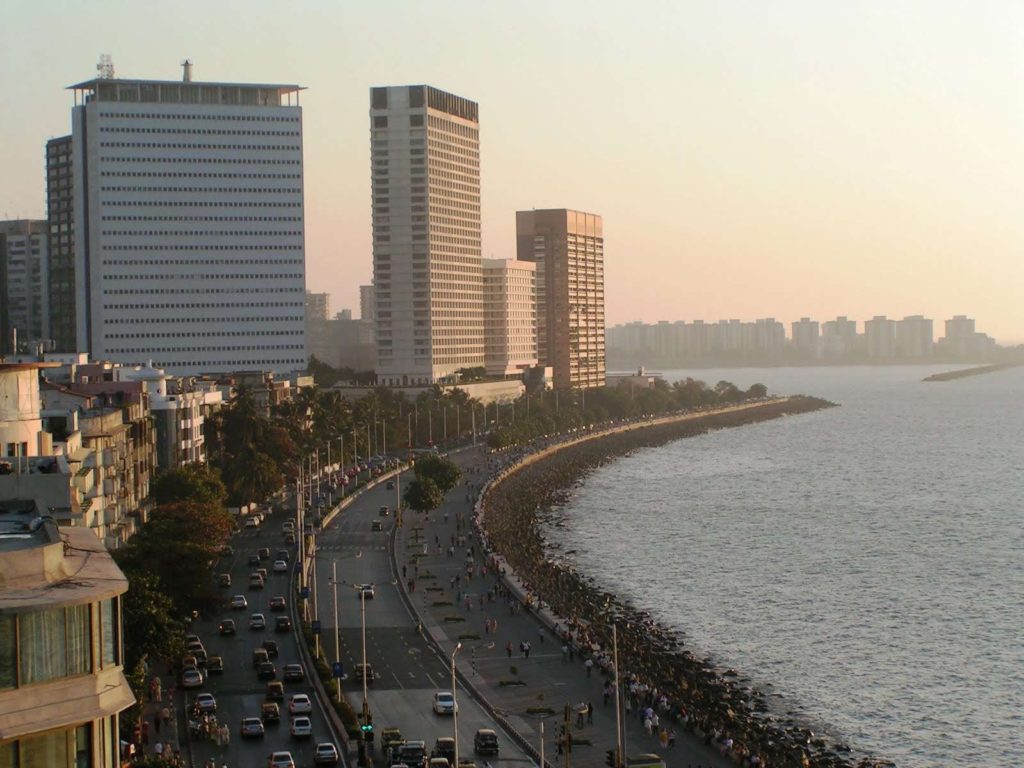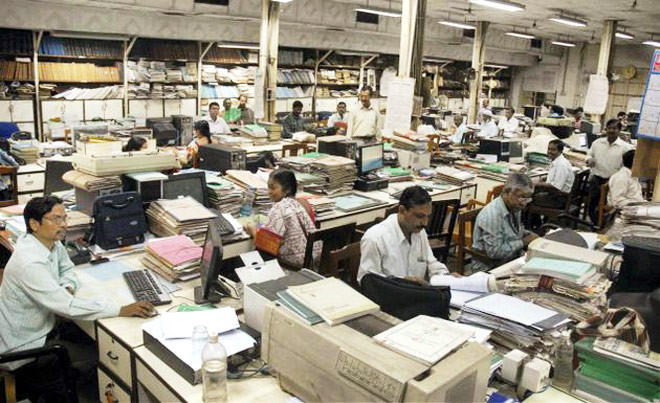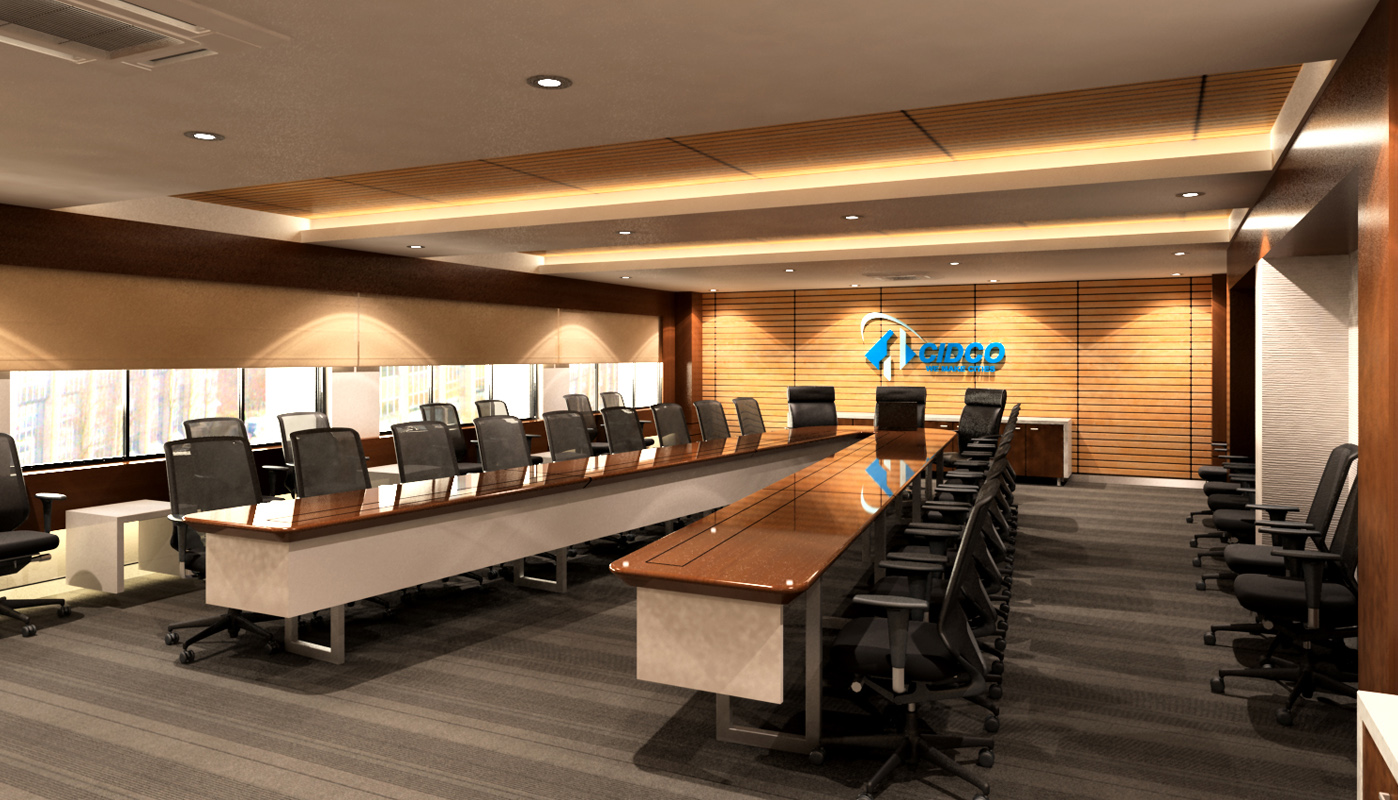Sea Planes – answer to improved hinterland connectivity?
With the aviation sector on the rise, airplanes is the most convenient transport option available. However, air connectivity is till now, restricted to only major cities in India. With Civil Aviation Ministry’s Regional Connectivity Scheme “UDAN”, this is about to take a major overhaul.

The scheme UDAN envisages providing connectivity to un-served and under-served airports of the country through revival of existing air-strips and airports. UDAN has a unique market-based model to develop regional connectivity.
Interested airline and helicopter operators can start operations on hitherto un-connected routes by submitting proposals to the Implementing Agency.
It is an ambitious plan facing a major hurdle in air-connectivity of difficult or eco-sensitive terrains, primarily due to cost and environment implications of an airport in such areas. While helicopters have found a mention in UDAN scheme, seaplanes have yet to be considered as a option in the larger scheme.
SEA PLANES VS HELICOPTERS VS DORNIER
Till now, helicopters and Dornier air carriers were prime mode of transport to such difficult terrain. A simple comparison of annual operating costs across services is captured below.
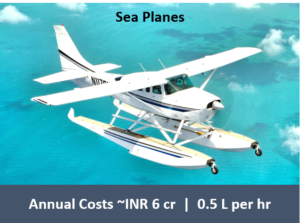
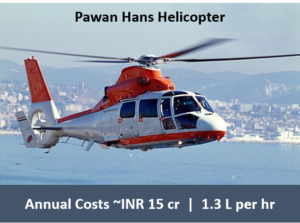

Sea-planes are cost effective as compared to the current modes of operations. Compared with helicopters, it is half the operation cost with ex. With a capacity of 10-20 seats, it presents a viable option for connectivity. However, suitable infrastructure intervention would be critical before start of operations.
SEAPLANES MALDIVES – success story
Maldives has registered steady growth in tourism resulting from improved air connectivity to potentially all islands in the country. A map of the islands connected by air primarily through sea-planes is provided below.

Every stretch of the island nation has been connected by seaplanes. In comparison, air-connectivity is only present in one / two major islands in India’s Andaman & Lakshadweep islands.
For the scenic islands of Andaman & Nicobar and Lakshadweep, the poor air-connectivity and resultant contribution to boosting tourism is self-evident.
A key metrics snapshot of the tourism-centric islands provide a clear understanding of the potential of India’s islands which have remained untapped.
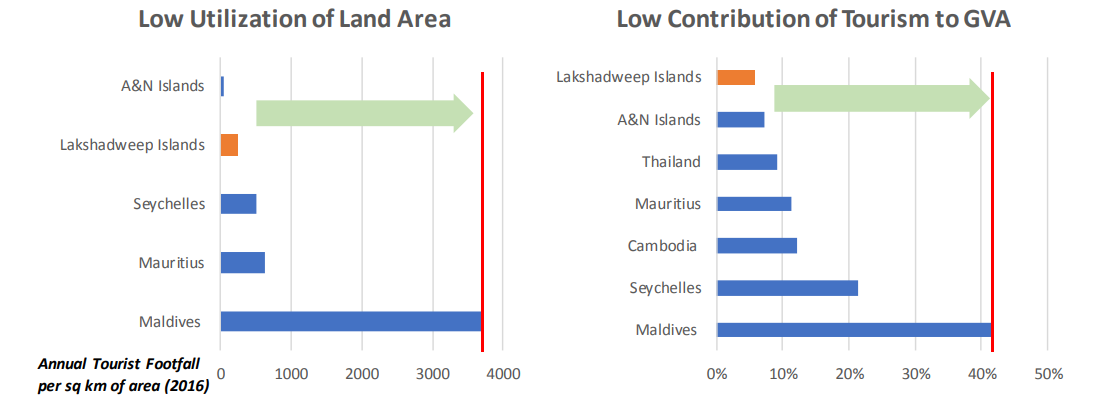
SEAPLANES MALDIVES – snapshot
Major Operator: Trans Maldivian Airways
Seaplane types: DeHavilland Twin Otter Series
Capacity: 19 seater
Cost to tourist: ~INR 16,000 to 30,000 (return)
Range: 500 to 600 Nautical Miles
Number of seaplanes: 44 operational
Airports: Velana International Airport and Gan International Airport
Other Details:
- Maldives has a unique ‘one–island one–resort’ concept
- Seaplanes operate to and from the following islands – Shaviyani Atoll, Noonu Atoll, Raa Atoll, Baa Atoll, Lhaviyani Atoll, Kaafu Atoll, Alif Dhaalu Atoll, Vaavu Atoll, Faafu Atoll, Dhaalu Atoll and Haa Alif Atoll
- Blackstone (private equity investor) acquired controlling interest in erstwhile seaplane operating companies (Trans Maldivian Airways and Maldivian Air Taxi) as of 2013, resulting in the world’s largest seaplane operating fleet
POTENTIAL FOR SEAPLANES IN INDIA
UDAN is an ambitious scheme to for improving connectivity in India. And seaplanes is one of the major pillars which would determine the success of this scheme. There is already significant Interest by national players with Spicejet is already planning to procured 100 sea planes & Indigo plans to acquire and ply ATRs as part of Udan Scheme.
Hence, incorporating seaplanes as part of UDAN is critical. Also, overarching policy framework regarding seaplanes would ensure smooth implementation and provide encouragement for private players to invest in the sector.
